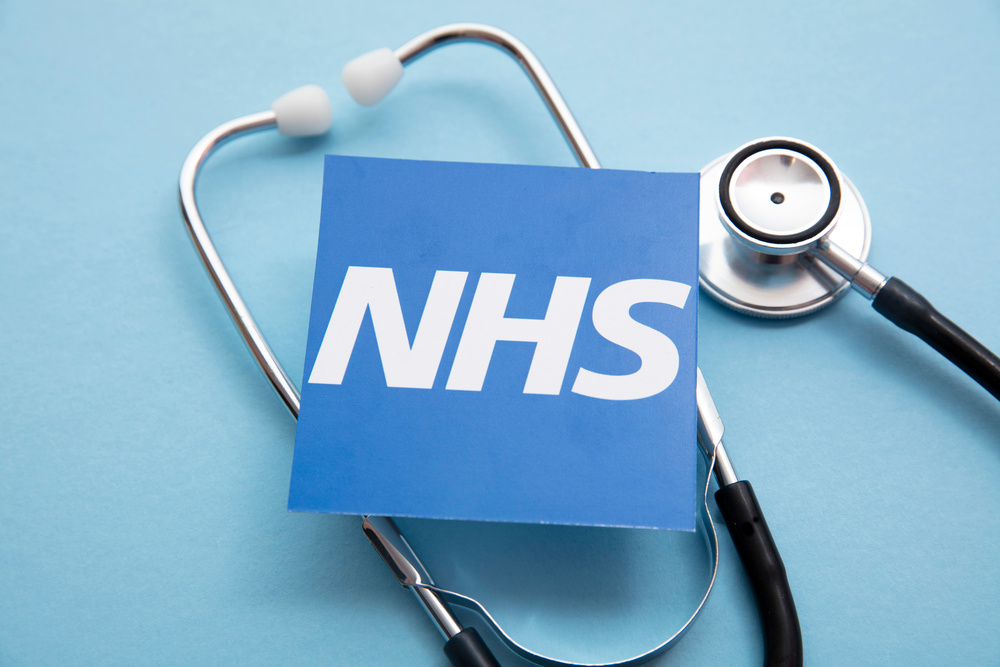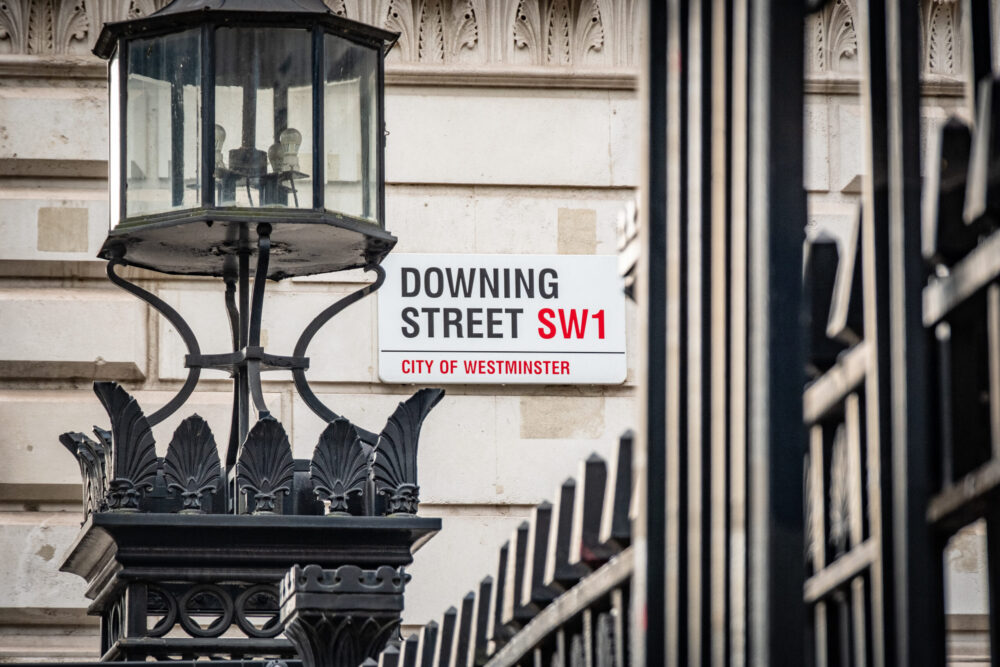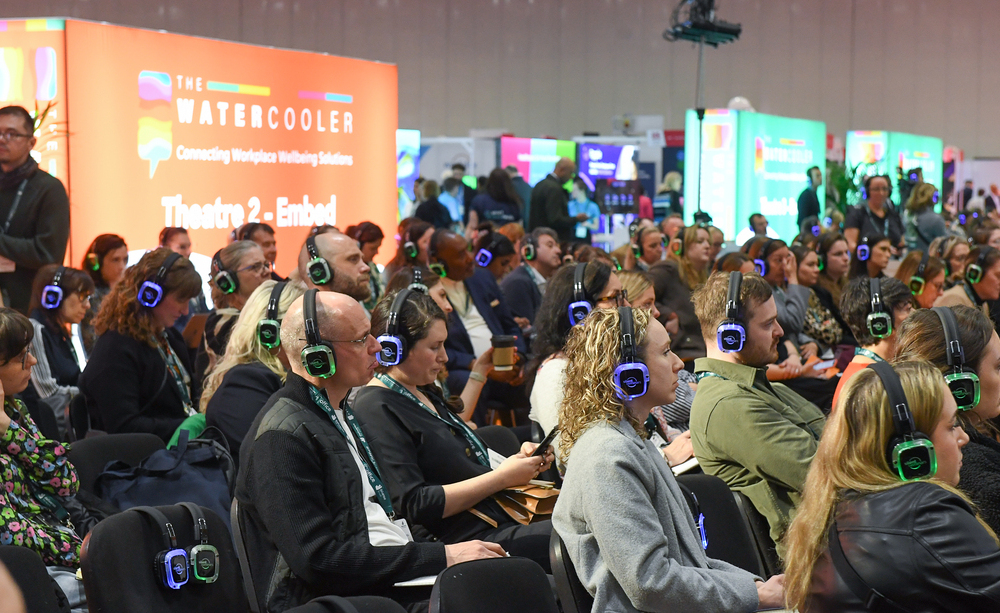A roundtable was held at the 2022 MADWorld workplace culture, mental health and wellbeing conference to explore how employers and business can collaborate with the NHS to ‘level up health’ through initiatives to improve employee health and wellbeing, address health inequalities and enhance community health.
Clear Consensus for Collaboration
Overall, the consensus was that there is significant potential for the business community and NHS to work together better to enable people to work longer, be more productive and have healthier lives for longer, leading to a positive cumulative effect on the economy.
Much can be done in the context of emerging integrated care systems, where businesses as anchor institutions can help to reduce demand and focus on prevention, meeting people ‘where they are’ through footfall on the high street for example.
Access to services and prevention was discussed, and some examples were shared: for example, holding wellbeing fairs ‘where people are’, learning from childcare (collaborative caring arrangements), and using the apprenticeship levy.
There was overall agreement that the needs of small and medium sized enterprises (SMEs) are very different than larger organisations, and that culture is key. Caution was voiced, however, that care must be taken to ensure risks of digital exclusion and other access issues do not leave people further behind.
Tina Woods, CEO of Business for Health (B4H), set the scene, positing that the government and healthcare system can only address some of the systemic issues leading to poor health, adding:
“There is growing awareness that most of the reasons for poor health and the solutions to address them lie outside the NHS and care system”.
Jordan Cummins, Health Director at the CBI, outlined the collaboration between the CBI and B4H to create a Work Health Index being launched on 22 November. This will help business assess and benchmark their health and wellbeing offering. He explained:
“We are aiming longer term to capture outcomes data to show how business can enhance productivity, reduce labour drop out due to ill health, and reduce demand on the NHS and care system, especially in musculoskeletal health and mental health”.
Causes and solutions to address health inequalities
Abdul Hamied, Deputy Director of the Healthcare Inequalities Improvement Programme at NHS England, explained that the NHS can’t do this alone. The NHS is there to help the needs of the people – but the NHS is a sickness service. It needs support with prevention to increase healthy life expectancy, addressing factors outside the healthcare system, like education and workforce.
Data from the pandemic highlighted the impact of wider inequalities on health, which lead the NHS to create an approach called CORE 20Plus5. Integrated care systems can adopt this approach to work collectively with their partners to reduce the impact of health inequalities.
Michael Wood, Head of economic partnerships, NHS Confederation, remarked:
“Businesses can support local NHS organisations in their role as anchors in communities, working together to develop a place, not just products”.
Amy Peters, Director, Government Affairs and Policy, global employer Johnson & Johnson (with 7 sites in the UK), agreed, and set out her experience of supporting a local community with mental resilience during the pandemic:
“We took our professional education teams and started helping people with resilience – including simple things like mindfulness and digital training. We looked at ways to support the NHS through a spirit of collaboration. Key was having an open dialogue, taking baby steps and having smaller conversations before doing the bigger things that are possible in a relationship built on trust”.
Solutions to address health crisis
Subashini M, Director of Science, Health & Wellness, Holland & Barrett, shared her experience of helping their customers with managing their health, especially after periods of stress and mental illness caused by the pandemic. She said:
“Our store colleagues are trained on providing lifestyle and nutritional advice to our customers which is externally accredited and helps to build trust in what they can offer to the community”.
Abdul Hamied remarked on the significant role of businesses to help address education/skills, employment and enterprise gaps in local areas. He commented that like other sectors, the NHS is beset with recruitment and retention challenges, and they are trying hard to support health and care workers with a rewarding career.
Richenda Tisdale, Deputy Chief Medical Officer, AXA Health and doctor by background, observed:
“There is absolutely no doubt that this is a crisis. The NHS is there for us all when we become ill, but it is not resourced or set up to keep us all ‘well’. The NHS is as an employer is facing an epidemic of burnout amongst its own staff. It is a workforce health issue that we collectively need to address by listening and collaborating with each other”.
Employers and businesses as anchors
Alice Major, Analyst with the Health Foundation shared findings from some of the work they are doing with anchor institutions and remarked that there is a big role for businesses to support people who would otherwise never return to work – but how can we scale good work that is being done, share the learnings? She said:
“A better understanding is needed of what good job design looks like in order to promote health while retaining staff and skills that are currently put at risk by health crises or long-term health issues. Local anchor institutions – both in the public sector such as the NHS and businesses – have an important part to play in building this understanding through the B4H framework”.
Michael Wood added:
‘The point of being an anchor is to be challenging other anchors – otherwise the place fails – what is needed in the place? The high street is almost the experimental place and then you can look at the systems level…How do we use each other’s voices, challenge each other, experiment ….”
Subashini M remarked that larger organisations should ask themselves if they know the scale of health inequality within their organisation and if they have made any inroads to identifying and addressing the issues:
“Do they have a sense of which of their wellbeing services – like psychological therapy – is accessed by which cohort of employees and if there is a disparity, have they tried to close the gap?’
Abdul Hamied stressed that there are many opportunities to explore for businesses to help deliver the Core20Plus 5 framework. Social prescribing is a vehicle to deliver support in deprived communities but is more challenging as there is lower social capital in these areas. Community champions are another key channel to help deliver Core20Plus5 and improve access. Additionally, businesses can offer huge support by providing volunteering opportunities and training to unemployed people in their area.
Lydia Hamilton-Rimmer added:
“We met a chief medical officer who was offering health checks in communities of non-native British speakers and refugees, and this is an example of how to bridge then health inequalities gap”.
Amy Peters, J & J, offered that:
“Pharmacy is underutilised, and we need to get used to trying things out even if they fail initially”.
Abdul Hamied added that if initiatives come from the bottom there is a lot more ownership than if they come from the top. The role of managers is also critical.
Michael Wood commented:
“The SME mindset is so different to large public sector organisations. Every contact counts at a more senior level”.
Richenda Tisdale added:
“…success in these ventures is underpinned by true cultural shift, – it is no longer acceptable to just pay lip service to the issues”.
Elizabeth Bachrad, Head of Programme Strategy, Business for Health, asked what the willingness is for business to experiment.
Chery-Leigh Smillie, Occupational Health BU Lead at Submarines at BAE Systems said that BAE are engaging the local NHS community to support their workforce which has a high proportion of manual workers, especially contractors. They can offer Covid testing by the NHS on site for example, which can be accessed by anyone.
Key takeaways and areas for action
Overall, the final takeaways for greater collaboration between business and NHS lie in the following areas:
- Enhancing access to services: using footfall (eg pharmacy, retail) and offering services ‘where people are and trust’
- Supporting people in place- offering opportunities for training, skills development, jobs (to unemployed etc) as anchors
- Working together around a ‘common purpose and shared goals- taking small steps first and building from there to develop trusted and open relationships
- Leveraging opportunities in social prescribing, community champions, volunteering
You might also be interested in:

















